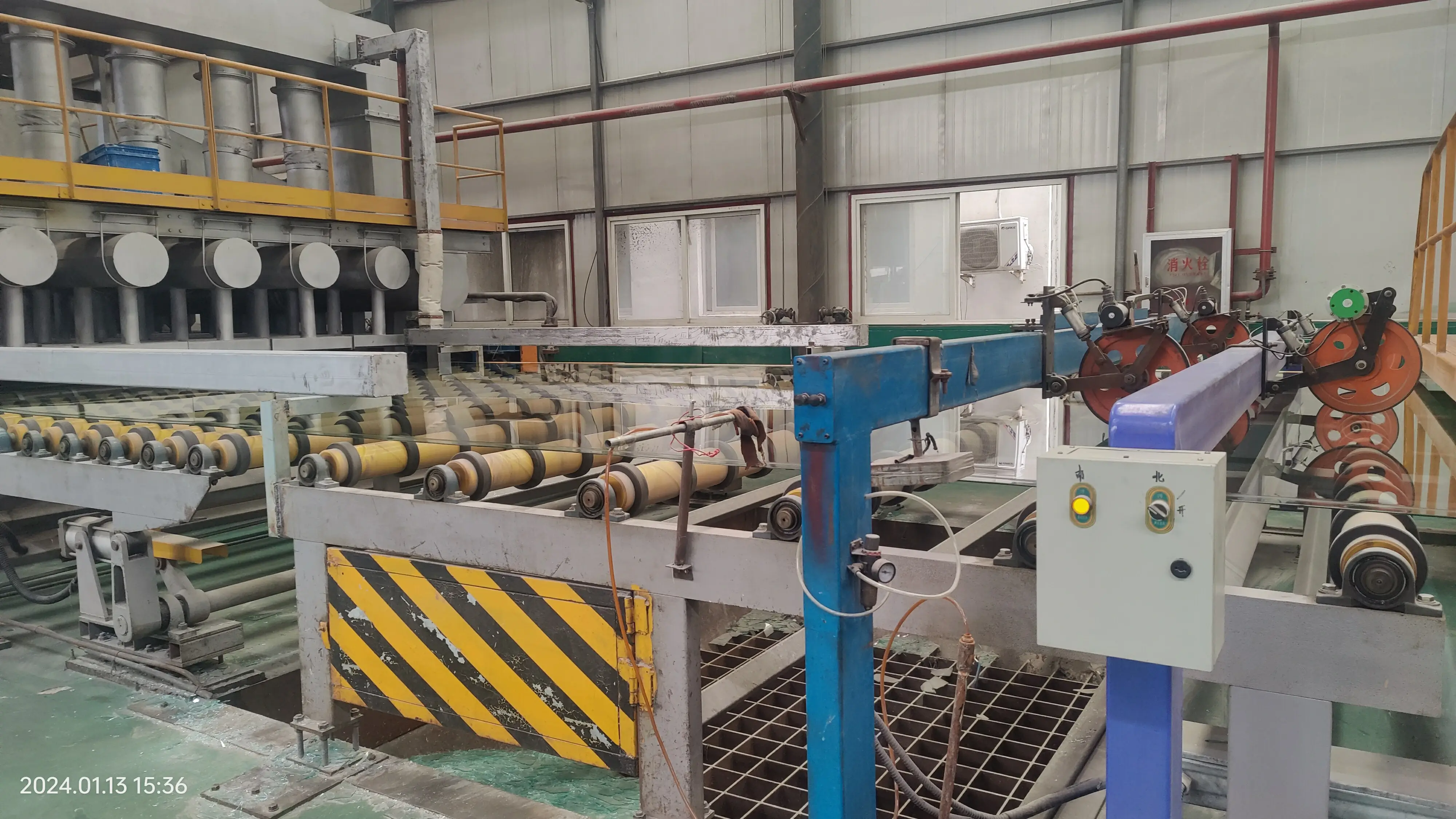

Exploring Black Float Glass A Versatile Material for Modern Design
Black float glass has emerged as a striking and versatile option in both architectural and interior design. Known for its sleek appearance and unique properties, this type of glass is widely used in various applications, from windows and facades to decorative elements and furniture. The appeal of black float glass lies not only in its aesthetic qualities but also in its functionality, making it a preferred choice for many architects and designers.
Float glass itself is made by melting silica sand, soda ash, and limestone at high temperatures. The molten glass is then floated on top of molten tin, creating a smooth and uniform surface. This manufacturing process ensures that the glass is free from imperfections, providing clarity and strength. When colored black, often through the addition of metal oxides, float glass takes on a contemporary look that can enhance any design.
One of the most notable advantages of black float glass is its ability to absorb heat. This characteristic can be particularly beneficial in regions with high solar exposure, as it helps to regulate temperature within buildings. Black glass can contribute to energy efficiency by reducing reliance on air conditioning systems, especially when used in conjunction with proper insulation. In addition to its energy-saving properties, black float glass adds a layer of privacy without sacrificing natural light, making it ideal for office spaces and residential buildings alike.

In architectural design, black float glass is often used to create modern facades that convey a sense of luxury and sophistication
. Its reflective quality allows buildings to blend into their surroundings while still making a bold statement. For commercial properties, incorporating black glass can enhance branding efforts, exhibiting a trendy and high-end image that attracts clientele. Restaurants, hotels, and retail spaces leverage this material to create inviting environments that are both chic and functional.Beyond its use in building exteriors, black float glass is also increasingly popular in interior design. Designers use it in a variety of applications, such as tabletops, shelving, and decorative accents. The glass can be backlit to create stunning visual effects, transforming ordinary spaces into extraordinary experiences. Furthermore, its durability and resistance to scratches make it an ideal choice for high-traffic areas.
However, it is essential to consider the maintenance of black float glass. While it is relatively easy to clean, fingerprints and smudges can be more visible on darker surfaces. Regular maintenance and the use of appropriate cleaning solutions can help keep black glass looking pristine.
In conclusion, black float glass is a versatile and attractive material that meets the demands of modern design. Its unique blend of functionality and aesthetics makes it suitable for a wide range of applications, offering both practical benefits and a distinctive visual appeal. As architects and designers continue to explore innovative uses for this material, black float glass will likely remain a favored choice in both commercial and residential projects. Whether enhancing the exterior of a building or adding elegance to interior spaces, black float glass proves to be a valuable asset in contemporary design.